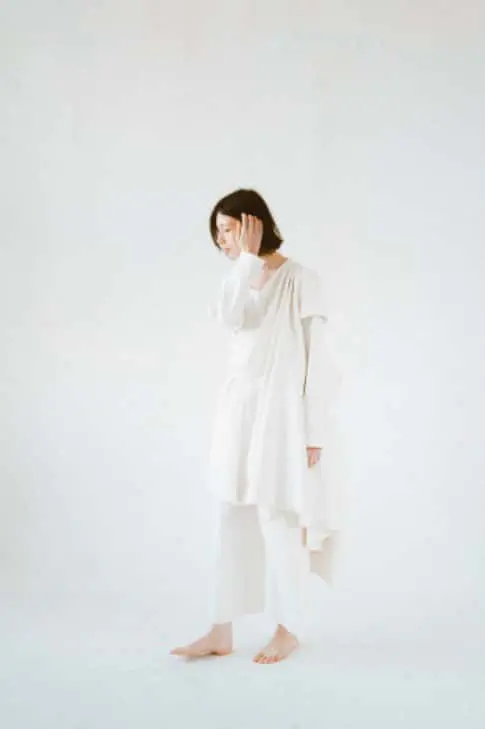
The history of Japan has similarities with northern Europe. Just as the northern Europeans derived much of their culture from Rome so the Japanese took a lot of theirs from the Chinese. This shows in the written language. It is totally different from Chinese. As a consequence, Chinese characters have to be supplemented by a syllabary (sort of alphabet) when used to write Japanese. The result is a complicated mess that has become even messier with the use of the Roman alphabet in recent years.
“No matter where you go in Japan, you will find volcanoes. ”
Let’s examine the details in these most widely used software tools to provide concrete examples.

The Country Side
We stayed in country inns when we could find one and headed down into the valleys when we couldn’t. The valleys are packed with towns and there’s usually a mob of business hotels around the railway stations.
Fortunately, these settings can be shared across all of the Adobe applications to coordinate a consistent delivery of colour strategy. Define your settings in Photoshop, as this is the application with the largest number of options, to guarantee that all possible options have been set to your choices.
Launch Photoshop and, from the Edit menu, choose Color Settings. There are three main sections to the dialog window: Working Spaces, Color Management Policies, and Conversion Options. Change the Settings option above the Working Spaces panel to North American Prepress 2. This applies a set of defaults that are optimal for a print production workflow.
Walking the streets at night time
Once the profile is applied, what should we be looking for? Both on screen and when comparing hard-copy (printed) samples, there are specific areas of the image that should be checked. There is also industry-specific language used in describing colour appearance that it is helpful to be familiar with.
The areas of the image to pay special attention to are saturated colours, flesh tones, neutrals, and the highlights. Proof and print sample sheets will have four or five images that emphasize these areas along with tone ramps in the process and overprint colours. Focusing on these areas of interest will make it easiest to identify variation when checking for colour matching.
The display of autumn colours is spectacular
and city folk flock out to admire it.
The terminology that is often employed is colour cast, to indicate a shift toward a particular colour; heaviness, to suggest excessive tone (particularly in the highlights); dirty, to specify too much complementary colour resulting in greying; and flat, to describe a lack of contrast and/or saturation. Knowing the terminology will help you understand the comments your co-workers may make and will help remind you of the types of analysis you should be doing.



